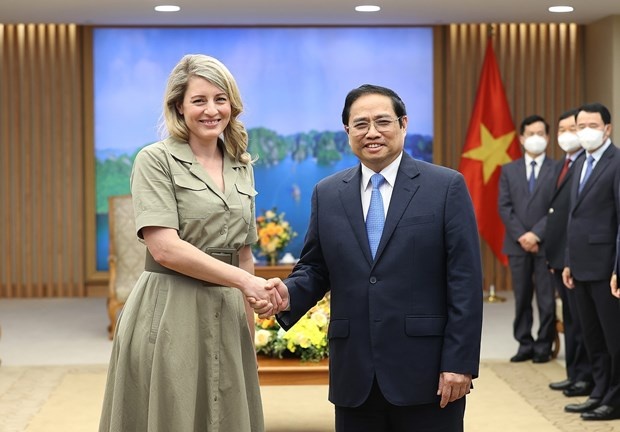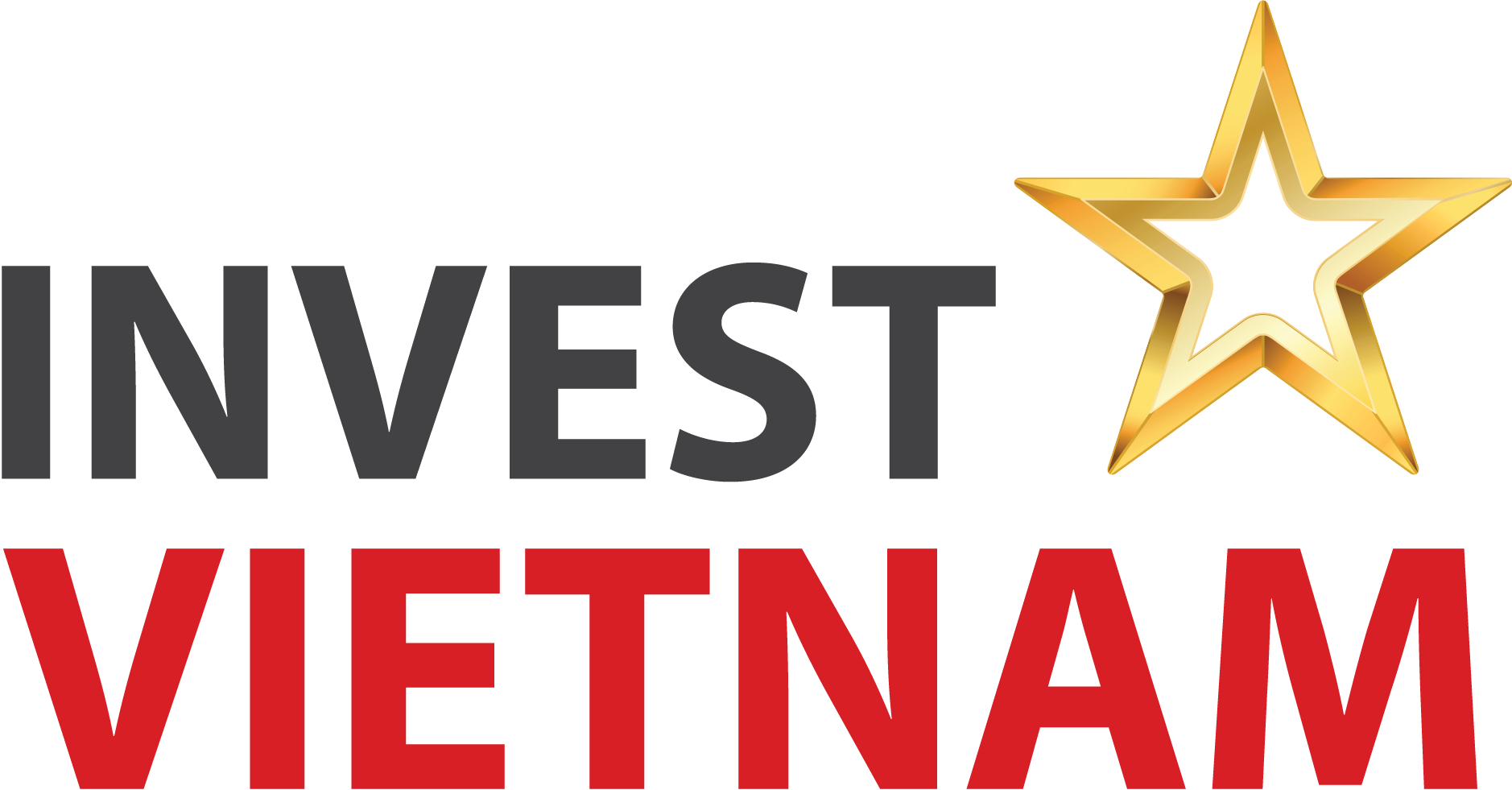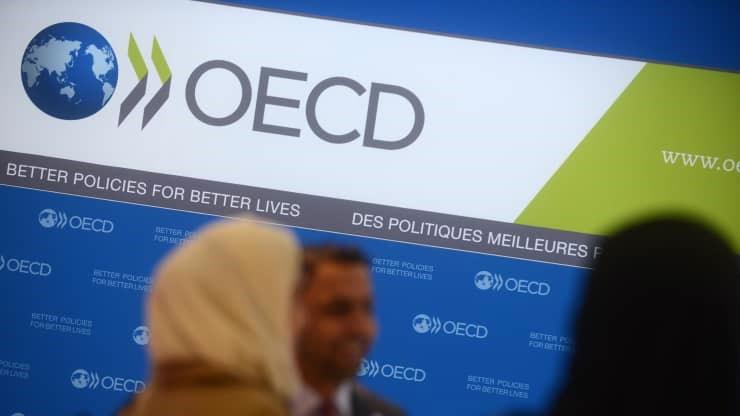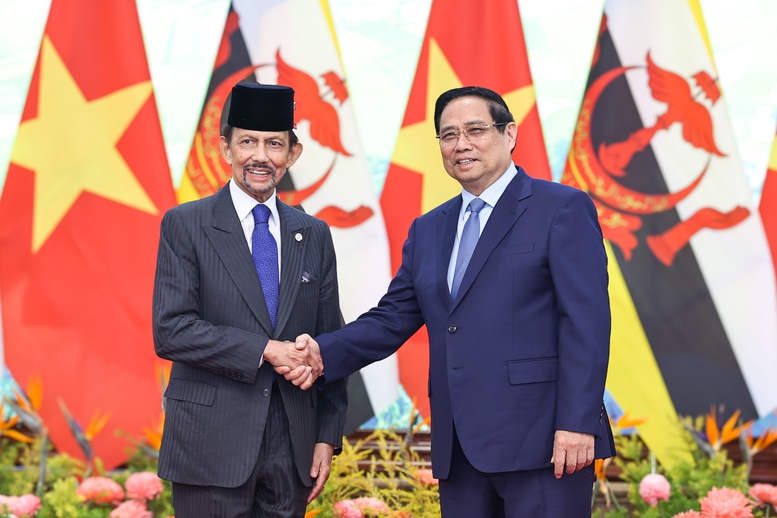Vietnam extends global reach with Canadian tie-up
Vietnam has been extensively expanding its trade and investment ties with Canada while taking the advantage of the Comprehensive and Progressive Agreement for Trans-Pacific Partnership.

Prime Minister Pham Minh Chinh told Canadian Minister of Foreign Affairs Mélanie Joly during the latter’s official visit to Vietnam on April 12-14 that Vietnam is hoping for more investments from Canada and expanding trade ties with this nation, with the Comprehensive and Progressive Agreement for Trans-Pacific Partnership (CPTPP) considered one of the key drivers of both nations’ economic, trade, and investment ties.
The 10-member CPTPP took effect for Canada in 2018 and for Vietnam in 2019.
“Both nations are to tighten their bilateral cooperation in many sectors including economy-trade-investment; security-defence; development support; COVID-19 and climate change response; protection of the marine environment; clean and renewable energy; digital economy; and many other sectors,” said PM Chinh.
To strongly increase investment and trade and take advantage of the CPTPP, earlier this year, Canada and Vietnam established a joint economic committee, which will provide an ongoing opportunity to discuss current and emerging trade and investment issues.
Joly said Canada hopes to diversify and expand trade and investment links with Vietnam and boost cooperation within the CPTPP. “Vietnam is a strategic economic partner that plays an important role in advancing Canada’s trade diversification efforts in the region,” she said.
The Canadian government said in a document on the CPTPP’s impacts on Canadian-Vietnamese trade and investment ties, “The CPTPP allows Canadian companies to invest with greater confidence in Vietnam, offering them protection from unfair and discriminatory treatment, as well as greater predictability and transparency. Vietnam’s commitments on financial services go beyond what it has offered in previous free trade agreements, creating new opportunities for Canadian financial services providers.”
As of March 20, Canada had 234 valid investment projects in Vietnam registered at $4.8 billion, according to Vietnam’s Ministry of Planning and Investment.
Some big Canadian projects are underway successfully in Vietnam, including the $4.3 billion Ho Tram project licensed in 2008, focusing on resorts, hotels, entertainment, and a casino in the southern province of Ba Ria-Vung Tau.
In another case, Canada’s Triple Eye Infrastructure Corp was licensed in 2014 to set up a joint venture with Vietnam’s Dai An JSC to invest $260 million into building Dai An Vietnam-Canada International Hospital in the northern province of Hai Duong.
Stewart Beck, former president and CEO of the Asia Pacific Foundation of Canada, said, “There is also an opportunity to connect Canadian businesses with new and like-minded partners in APEC economies such as Vietnam, where Canadian companies will find opportunities in sectors such as agri-food, education and training, ICT, clean-tech, and fintech, as well as other services.”
According to Vietnam’s Ministry of Industry and Trade, both countries’ trade relations continued to grow despite the pandemic, with two-way trade in 2021 exceeding $6 billion, up 19 per cent on-year – including Vietnam’s exports worth $5.3 billion – up 20.8 per cent on-year.
Vietnam’s export turnover from Canada in the first two months reached $871.8 million, up 31.4 per cent on-year.
Garments and textiles are the biggest export items from Vietnam into Canada – with a turnover of $171.7 million, up 74.1 per cent on-year, equalling 19.7 per cent of Vietnam’s total export value from this market.
Under Canada’s CPTPP commitments, 42.9 per cent of Vietnam’s total garment and textile export turnover from Canada shall enjoy an import tariff of zero in the first year of the deal’s entry into force. The same tax rate will be applied to 57.1 per cent of Vietnam’s total garment and textile export turnover in the fourth year after the deal takes effect, meaning this year.
For footwear products, Canada pledged that 78 per cent of Vietnam’s total footwear export turnover would benefit from a zero import tax rate upon the CPTPP coming into force.
According to the Canadian government, Vietnam is Canada’s largest trading partner in the ASEAN region. The priority areas in Vietnam for Canadian commercial interests are agriculture and agri-food, education, ICT, clean technology, infrastructure, aerospace, and life sciences.
|
Key Vietnamese tariff cuts for Canadian exports under the CPTPP commitment The CPTPP provides a rules-based trading environment and enhanced market access for exporters and investors, and establishes duty-free access for trade in goods between Canada and Vietnam, eliminating tariffs on key Canadian exports, including: Agricultural goods: - Beef (tariffs of up to 31 per cent on fresh, chilled, and frozen beef will be eliminated within two years, and tariffs of up to 34 per cent on all other beef products will be removed within seven years) - Pork (tariffs of up to 31 per cent on fresh, chilled, frozen, and prepared pork products will be phased out within nine years) - Canola (tariffs of 5 per cent on canola seed were eliminated upon entry into force, while tariffs of up to 20 per cent on canola oil will follow suit within seven years) and - Ice wine and whisky (tariffs of up to 56 per cent will be removed within 10 years). Fish and seafood products: - Lobster (tariffs of up to 34 per cent on prepared lobster will be abolished within three years) - Salmon (tariffs of up to 18 per cent on fresh, chilled, and frozen salmon were eliminated upon entry into force) and - Fish fillets (tariffs of up to 18 per cent on frozen fish fillets were phased out upon entry into force) Forest products and value-added wood products: - Carton boxes and packing containers (tariffs of up to 24 per cent will be eradicated within three years); - Newsprint (tariffs of up to 25 per cent will follow suit within three years) and - Uncoated paper and paperboard (tariffs of up to 27 per cent will be eliminated within three years) Industrial products: - Industrial machinery (tariffs of up to 25 per cent will be removed within eight years) - Chemicals and plastics (tariffs of up to 31 per cent will be eliminated within 10 years) - Metals and minerals (tariffs of up to 40 per cent will be removed within 10 years) and - Cosmetics (tariffs of up to 30 per cent will be phased out within four years). Source: Canadian government |
Nguyen Dat
Source: VIR
Original link







